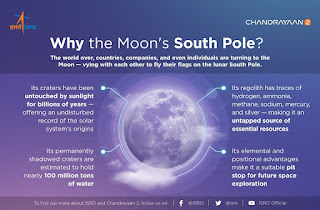CAN STAR FIND PEACE?

A major problem arose in 1925 when an extraordinary star was discovered. Although it was as massive as Sun, it was only as big as the Earth! This meant that the average density of the star was about 10^6 g.cm^-3 (the mean density of the Sun is only a little more than that of water). The difficulty posed by such a dense star was the following. What will happen to such a star when nuclear energy generation at its center stops? Since the star will no longer produce heat, there will be no force to oppose gravity. What will be the end state of such a star? Surprisingly, the resolution of this problem came from the newly emerging Quantum Physics. In 1926, R. H. Fowler at Cambridge University argued that the star will collapse and collapse till it reaches a density where a new quantum mechanical force provides support against gravity, and the star will at last find peace. This quantum pressure is due to the electrons and arises due to the combination effect of Heisenberg`s principle of ...









